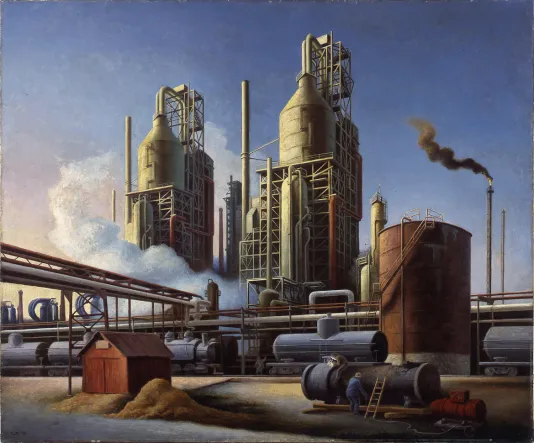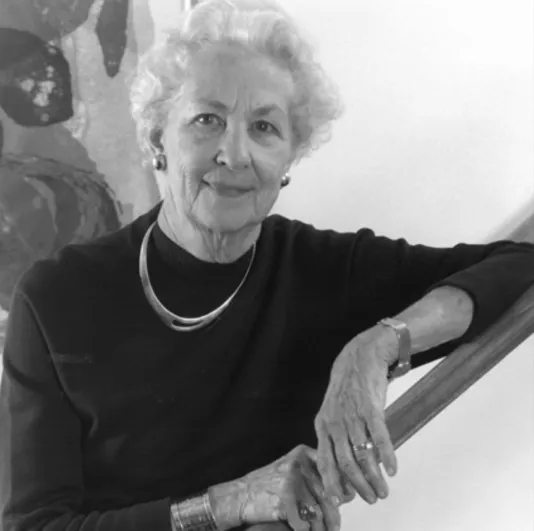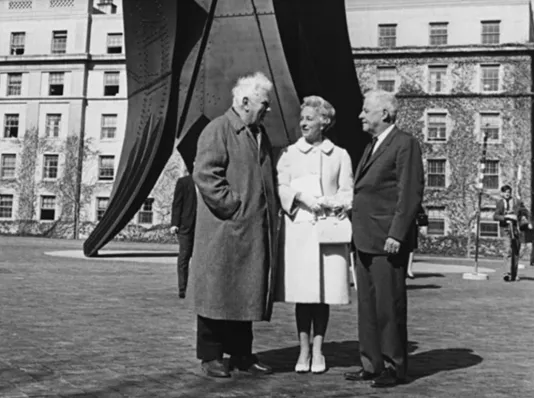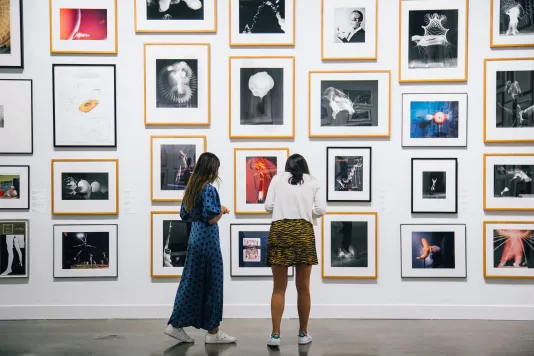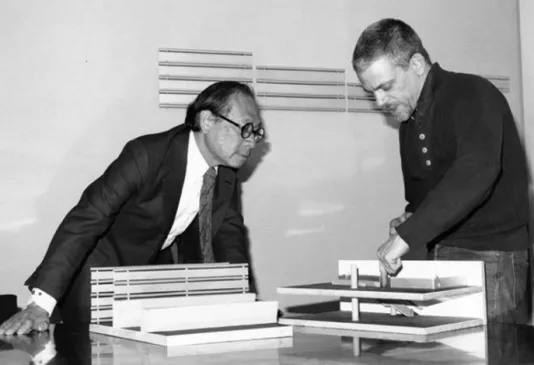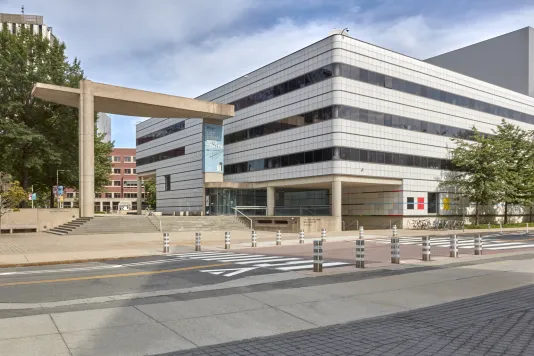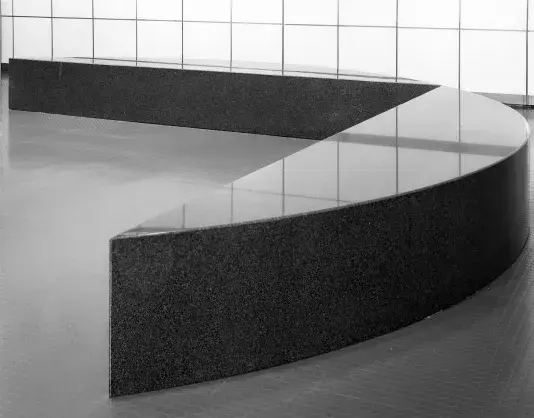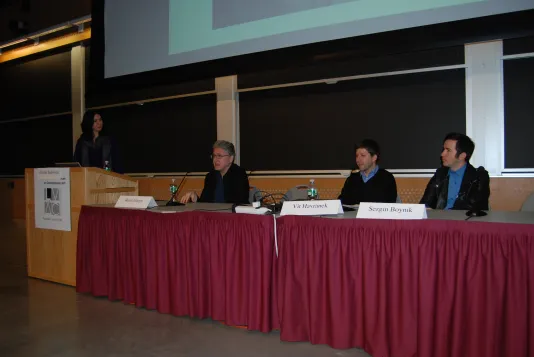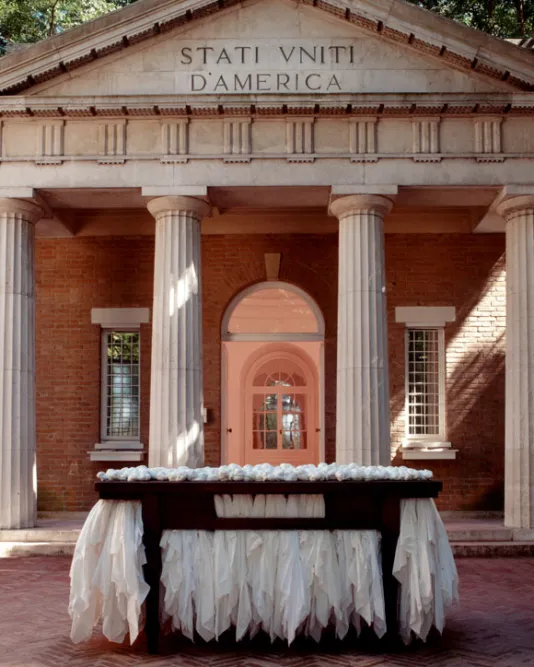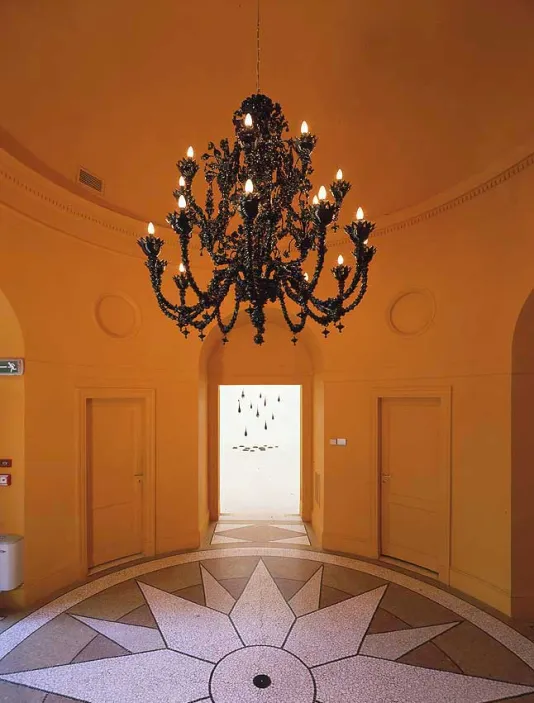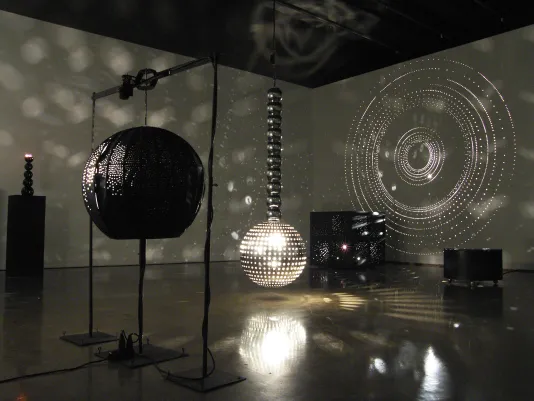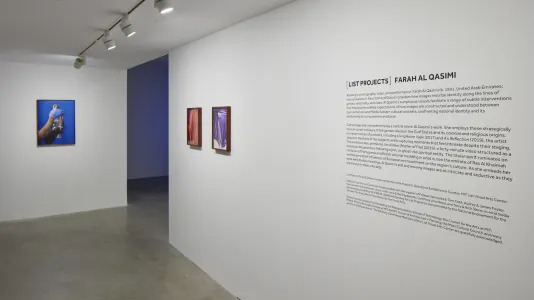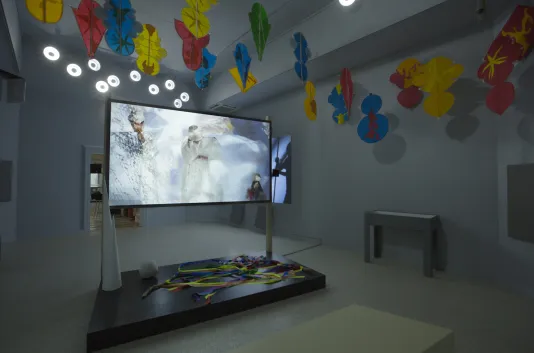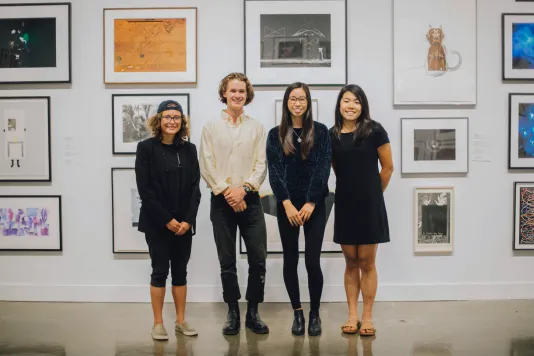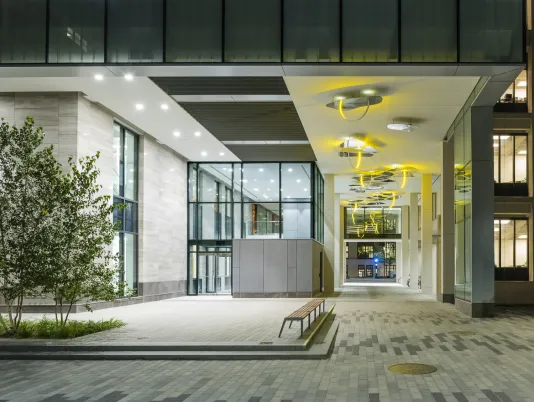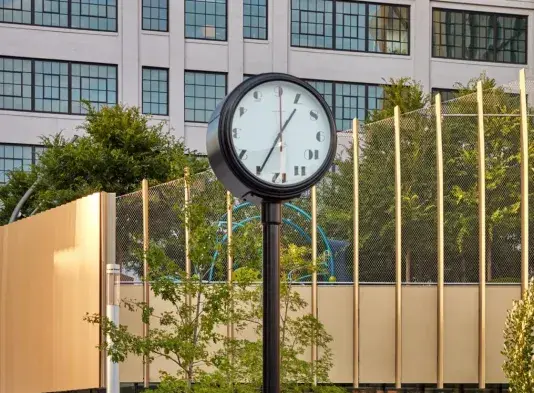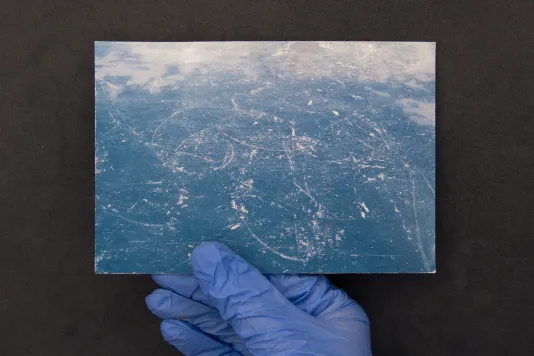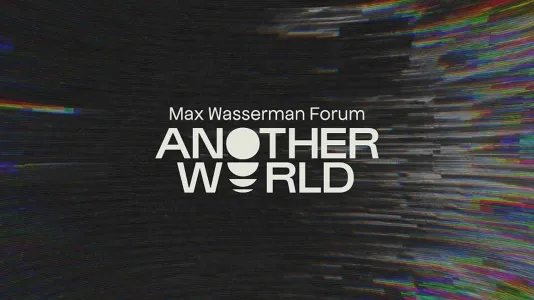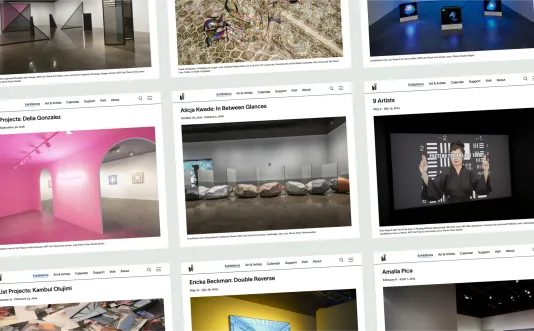As MIT’s contemporary art museum, the List Center’s history is deeply connected to the Institute’s long-standing commitment to supporting the arts and humanities on campus.
The establishment of the Hayden Gallery in 1950 brought numerous artists into contact with the MIT community through robust and diverse exhibitions and artist residencies, setting the stage for the formal creation of the List Center in 1985. Since then, the List has continued to build on this legacy. The following timeline provides a succinct look at some of these milestones. In addition to this timeline, we encourage you to explore our exhibition archive, which dates back to 1985, for a further look at artists who’ve exhibited at the Center.
